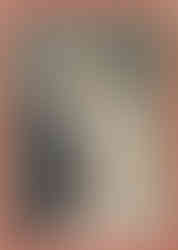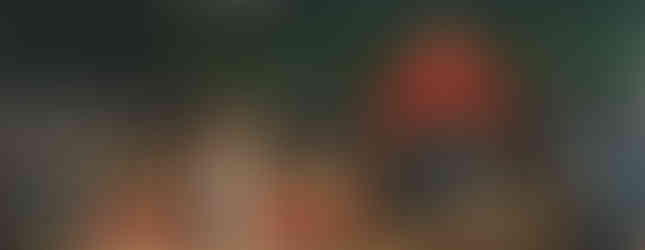"The Bapu and Bazaar" - DAG celebrates the art, culture and history of 19th-century Bengal
- Radhika Maheshwari
- May 30, 2023
- 3 min read
One of India’s most respected art companies, the DAG, was initiated not as an art gallery but as an art institution. Right from its very establishment, DAG chose to build up a formidable inventory of works by Indian artists from the nineteenth century onwards. In acquiring artists’ studios and estates, it paid homage to their legacy and at the same time, created an enticing collection of twentieth-century artists and artworks that, taken together, tell the story of Indian art through iconic exhibitions curated to provide art historical overviews and document India’s tryst with modernism. With its recent exhibition, titled "Bapu and the Bazaar", DAG brings to Delhi - Art from 19th and early 20th century Bengal.

With its strong repository of art from eighteenth and nineteenth-century Bengal, DAG opened doors to its landmark exhibition titled "The Babu & The Bazaar" featuring oil paintings, Kalighat pats, reverse paintings on glass and early printmaking. This all-embracing exhibition highlights the watercolour paintings known as Kalighat pats—both religious and secular in their subjects—positioned across incomparable works across the genres of commissioned oil paintings, mass-produced prints, and a selection of reverse-glass paintings from Canton (present-day Guangzhou).
Aditi Nath Sarkar, a historian and scholar who has curated the show ‘The Babu and The Bazaar’ endeavours to unveil parts of Calcutta’s history, culture, class biases, and gendered hierarchies through featuring artworks that are all over one hundred years old and registered as historical artefacts that are non-exportable - truly bringing forth Indian Art and art History in its own right.
The making of this exhibition commenced in 2018, with its accompanying publication focusing on exquisite Bengal oil paintings and Kalighat pat watercolours. This includes works by unidentified artists who painted using watercolours and oils or were part of the developing printing industries. The gorgeous oils depict divinities and humans in exquisite jewellery and clothing and are elaborately detailed with female figures shown in patterned sarees of gold and red with abundant ornaments ranging from crowns, earrings, anklets, and necklaces. Male figures are shown in dhotis and kurtas, sometimes with capes and headdresses that rival their partners. In addition to the women of Bengal, we see Yashoda dressed in the traditional ghagra and choli, whose image was commissioned by Gujarati and Marwari business families living in Calcutta and elsewhere in Bengal. Additionally, an intriguing collection of reverse-glass paintings are included in the exhibition and book, which try to emulate designs from the watercolour pats, and, in turn, emphasise their importance.
Ashish Anand, CEO and MD at DAG says, “In three decades, DAG has built a strong repository of art from Bengal. While collating artworks, we realised that certain imageries were more prominent than others, which therefore could be found across all categories— even though stylistically they may have differences.” He adds, “I have spent a lot of time in Kolkata since the 1990s, understanding the city and its art. Bengal’s art has been showcased by DAG across India and internationally, and the company has exhibited extensively in Kolkata. This is an opportunity for us to look further back into the history and art of the land and the culture of its people.”
In the nineteenth century, Bengal, especially Calcutta, stood at the crossroads of tradition and modernity. The port city, also one of the princely states - through which wealth and goods flowed in and out of the Indian subcontinent was of great commercial importance. The city’s growth acted as a catalyst for the development of various artistic traditions, foremost of which was the watercolour pat painting that makes up one o the crucial pillars of ‘The Babu & The Bazaar’. Indian elites, who worked closely with the British in business and governance, wanted to copy a Westernised lifestyle and opted to have images of their deities painted with oil pigment on cloth canvas. Art prints stemmed from the printing industry, which too thrived as education was made more accessible to the masses.
Inspired by the rich, flat colours of the pat drawings, and the gold leaf detailing of the oil canvases, the exhibition design for ‘The Babu & the Bazaar’ celebrates the different artworks on display through colour and materiality. Highlight artworks are displayed on panels of indigo blue, vermillion red and silver or gold leaf. These colours are interspersed throughout the two-level gallery in a playful composition that allows the artworks to come alive.
Archival objects and supplementary artworks are housed in open-based glass showcases designed to complement the light and airy feel of the exhibition. The exhibition design also aims to celebrate the architectural majesty of DAG’s new gallery in New Delhi.
The exhibition is on view from 7 May 2023 at DAG, New Delhi. Visit this space to immerse in the art, culture and history of nineteenth-century Bengal.
*Photo credits belong to DAG.











































